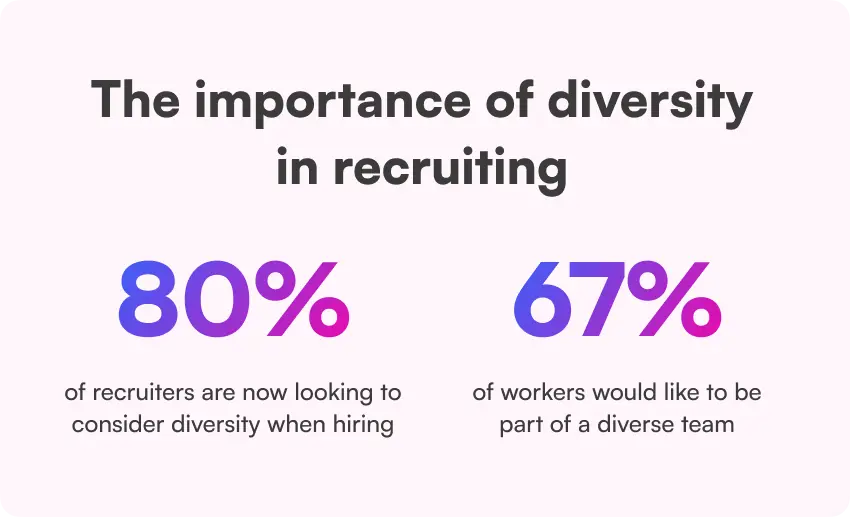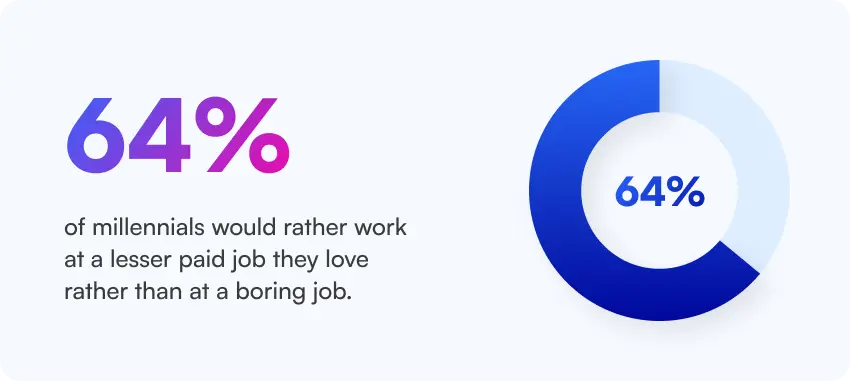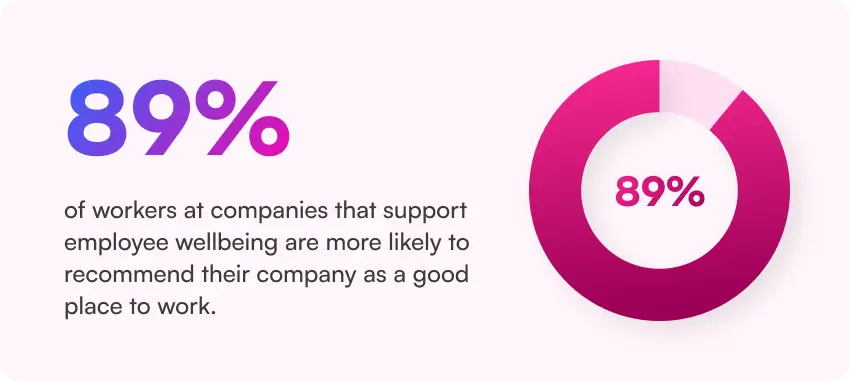
A Guide to Learn About Significant HR Glossaries – Part 1
Table of Contents
Will it be surprising when we learn about HR terms? Usually, employees get hired by HR and get through the HR process till employment. However, we fail to learn about some conceptual terms and meanings of the HR glossary. In this section, let’s visit some essential HR glossaries that play vital roles throughout our employment.
Let’s start quickly!
What is HR Management?
A framework outlining the organization and execution of different HR duties and obligations inside a business is known as the HR department structure.
The structure can vary depending on how big your business is; it can be as simple as having one person handle all HR responsibilities or as complex as having numerous department hierarchies where different team members concentrate on different HR tasks.

The goal of the HR division is to supply the information, resources, instruction, legal counsel, administration, and personnel management that are essential to assisting and growing the business.
Essentially, human resource management is about improving organizational performance by better managing human resources.
Here is a list of basic 10 HR glossaries:
Lop full form
“Loss of Pay” is referred to as LOP. The term refers to the amount deducted from an employee’s pay as a result of taking time off when their leave balance is insufficient. Based on an employee’s daily compensation, the loss of pay is computed. An employee will lose money if their company arranges for them to take a strike day weekend vacation and pay for that particular workday, and they fail to show up on both days. Furthermore, that day is deemed LOP if someone works on the weekend to complete their assignment due to incompetence or lack of supervision.
Considerations for marking LOP in salary
- Duration of employment contract.
- Employment tenure.
- Extra advantages.
- Type of work.

Grapevine communication
A sort of informal communication called “grapevine communication” occurs when coworkers talk to one another informally to foster social contact and get to know one another better. There are several forms of communication that employees in an organization use to communicate. It enhances cooperation among coworkers and helps them get closer to accomplishing a shared objective.
How to manage grapevine communication in an organization?
- An announcement-based method of informing staff members is one of the best methods for handling grapevine communication.
- Possessing friendly leaders and management.
- Keeping unnecessary information from being shared.
- Maintaining lines of communication open.
- Internal motivators being focused on.
- Establish an avenue for questions and answers.
- Preparing or educating staff members about rumors.
Muster roll
A muster roll is essentially a list that includes every worker or employee who belongs to a unit. This register, which functions as an attendance register in the same way as a roster, lists the names of all the workers or employees in a specific unit. Its purpose is to maintain a record of every employee who shows up for work on a given day.
Is attendance at the muster roll required?
Compliance with legal requirements requires all employers to maintain a muster roll with each employee’s wage information. It needs to display the following:
- The employees’ names.
- Employees’ work’s nature.
- Employees’ daily presence.

Casual leave meaning
Every company has different policies on leaves of absence, including sick, casual, maternity, and many more. Casual leave is a form of leave that can be taken in reaction to an unforeseen circumstance or incident. When an employee’s probationary period ends, they are typically granted paid leave, known as casual leave. Additionally, authorization must be obtained beforehand to take this kind of absence.
Company policy regarding casual leave
Workers may be eligible for a six-day casual leave of absence if the business is registered under the Shops and Establishment Act.
Paid time off and sick leave are not combined with casual leave.
A minimum of half a day and a maximum of three days may be taken as casual leaves. Any other kind of leave can be taken, including earned and privileged leaves. The regulations may, however, be relaxed by the leave policy of the employer. The majority of employers provide more than the maximum of three days of paid casual leave.
Leave encashment
The amount of money an employee receives for unused vacation time from their employer is known as leave encashment. The employer shall pay the employee’s outstanding balances for the services rendered in cash or by adjusting the employee’s leave balance for the subsequent calendar year, as per this policy.
Each organization has a different policy and set of rules regarding leave encashment. Some employers often reimburse employees for time off, while others change benefits for the next year. However, as per the 1948 Factories Act, the amount of unused leaves and bonuses must be paid by the 7th or 10th of the month after resignation.
Do taxes apply to leave encashment?
Any leave may be redeemed at any point while the employee is still employed, upon retirement, or resignation. It is completely taxable when cashed during the service term and is included in the salary income. However, under Section 89 of the Income Tax Act, there is some relief available.
Week off
A weekly off, also known as a day off or rest day, is a set time during the workweek when employees are not required to report for duty. Usually, a work contract or corporate policy specifies this day. Employees need weekly off to relax, rejuvenate, and take care of personal matters outside of work obligations. Depending on individual work arrangements, industry conventions, and cultural habits, the schedule of weekly off might vary; in many countries, Saturdays or Sundays are the most popular possibilities.
Significance of taking weekly vacations
Weekly vacations are essential for building personal development, preserving a positive work-life balance, and supporting both physical and mental health. They make life richer, healthier, and more satisfying.

Paid leave meaning
An employee who takes time from work for illness, vacation, or other reasons without incurring any pay deductions is said to be on paid leave. A specific amount of paid time off is granted to employees, regardless of whether they work for a government agency or a private company, each year.
\The organization’s leave policy may be followed when utilizing these leaves. In an organization, paid time off often starts at 12 and can reach up to 30 or 40 days annually. The quantity of paid time off may vary throughout companies. These leaves are broken down into various categories, such as paid time off, parental leave, paternity leave, sick leave, and casual leave.
Salary breakup
Salary breakup refers to the specific arrangement of the several parts that make up an employee’s pay. Employee salaries often consist of various components, including CTC, base pay, benefits, insurance, and so forth.
How is the salary distribution decided?
Different employees receive different compensation breaks. Several crucial elements that impact an employee’s pay distribution include:
- Degree of education and experience.
- What industry they are in, where they work, and how much it costs to live there.
- The employee’s skill set and the need for it.

Pay band
One part of the salary process is the pay band, which ranks various positions according to experience and education. Employers use it to make sure candidates are paid properly and are placed in appropriate positions. Employers are legally required to list the lowest and highest compensation amounts they will accept for each band.
What is the number of pay bands in India?
In India, there are five pay bands available. First pay band values fall between 5200 to 20,200. The second runs from 34,800 to 9300. The pay bands of the third and fourth pay scales are respectively 15,600–39,100 and 37,400–67,700. Pay band five has a range of 67,000 to 90,000.
Attendance regularization
The feature that allows employees to adjust their attendance is called regularization. The employee can punch in or out using an attendance gadget when working from the office. However, employees who work from home can apply for “Work from home” using the attendance regularization option. The attendance will be updated immediately upon approval of this request by the manager. Depending on the software hierarchy you have established, the application submitted by employees via employee self-service is routed to HR or the reporting manager. Real-time updates to the regularization request will appear on the attendance screen upon approval.
Try out Lystloc real-time attendance management system to login/logout with accurate insights. Want to learn more about Lystloc? Visit our website now Lystloc.com
Bottomline
Maintaining business values, streamlining procedures, and creating a positive work environment are still the major objectives of every firm. Businesses can stay flexible, compliant, and innovative in a constantly changing environment by routinely assessing and modifying their HR arrangements.
Hope you gained some thoughtful knowledge on a few HR glossaries. Will come up with another HR glossary set-in next blog. Follow Lystloc blogs for more useful information. Keep in touch with our blogs!
